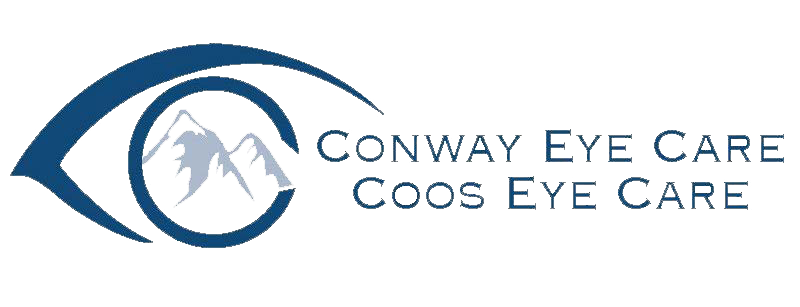Many people will suffer occasional conditions that make their eyes feel itchy, red and uncomfortable. There are actually two separate conditions that cause these uncomfortable symptoms, conjunctivitis and blepharitis. While both affect the eyelids, conjunctivitis is an inflammation or infection of tissue that lines the inside of the eyelid and covers the white of the eye. Blepharitis is an inflammation of the edge of the eyelid, either around eyelash follicles or where the eyelid meets the eyeball.
Conjunctivitis
Conjunctivitis may affect one of both eyes and is a common eye condition, especially among children. It may be caused by allergic reactions or an infection causes by a virus, bacteria or chemical exposure. Some forms of conjunctivitis can be highly contagious and easily spread in classrooms or families. It is usually a minor infection, but if left untreated can become more serious.
The symptoms of conjunctivitis can include:
- Gritty, itchy or burning sensations in one or both eyes.
- Excessive tearing.
- Discharge coming from one or both eyes.
- Puffy eyelids.
- Whites in one or both eyes are pink or red.
- Increased light sensitivity.
Commonly called “pink eye” for the inflammation in the white of the eye, conjunctivitis has two primary forms: allergic and infectious.
Allergic conjunctivitis occurs in the eyes of allergy sufferers when the allergen, such as dust, pollen or other irritants comes in contact with the eye and causes an allergic reaction. Exposure to noxious chemicals, air pollution or chlorine in swimming pools can also result in allergic conjunctivitis.
Another allergic form is giant papillary conjunctivitis can be caused by the continuous presence of a foreign body in the eye. People who wear hard or rigid contact lenses or do not replace their soft contact lenses frequently enough can develop this type of conjunctivitis, which is identified by large uncomfortable bumps on the inside of the eyelid.
Allergic conjunctivitis can be treated for symptom relief by using non-steroidal antihistamine drops, artificial tears, and cold compresses. Chemical conjunctivitis requires flushing of the eyes with saline water —or if none is immediately available tap water—for at least 15 minutes to remove any traces of the chemical irritant. After flushing the eyes, topical lubricants may be applied and antibiotics may be prescribed to reduce the chance of infection. If exposure comes from more powerful chemicals such as bleach, ammonia or lye, seek immediate emergency medical care.
Infectious conjunctivitis can be caused by the contagious viruses that cause the common cold, which is spread by exposure to coughing or sneezing from cold sufferers. Viral conjunctivitis can be treated for symptom relief by using non-steroidal antihistamine drops, artificial tears, and cold compresses.
Bacterial conjunctivitis is caused by staphylococcal or streptococcal bacteria that reside in your respiratory system or on your skin. The bacterial form can transmitted from insects, contact with infected people or dirty hands, or by use of contaminated eye makeup or lotions. Bacterial conjunctivitis will be treated by a course of antibiotic ointment or drops. There are many types of drugs to treat bacterial conjunctivitis depending on the type of infection. Often it may take a second drug course to resolve the problem.
Blepharitis
There are two types of blepharitis: anterior, located around the exterior edges of the eyelids and eyelashes; and posterior, located just on the inside of the eyelids. Some of the symptoms for blepharitis are similar to conjunctivitis, including red, itchy eyelids. The symptoms of blepharitis are limited to the area immediately around the edge of the eyelid and the eyelashes. Though uncomfortable, it is not contagious and generally does not cause damage to eyesight.
Anterior blepharitis can be caused by bacteria or dandruff from the lashes or brows. There may be a combination of factors involved with contributing factors that can include allergies or infestations in the eyelashes. Posterior blepharitis occurs when the eyelid glands do not produce enough oil, which can contribute to bacterial growth. It can also develop as a result of other dermatological conditions, such as acne rosacea or dandruff. Symptoms of dry eye, where tears evaporate too quickly in the absence of oils from the lids may also occur.
Treatment for blepharitis include warm compresses, gentle massaging of the eyelids, use of an anti-dandruff shampoo, limiting the use of eye makeup, temporary discontinuation of contact lens wear, and artificial tears or ointments. In some cases of bacterial infection, an antibiotic ointment may be prescribed. Symptoms may recur and require ongoing treatment for relief.

